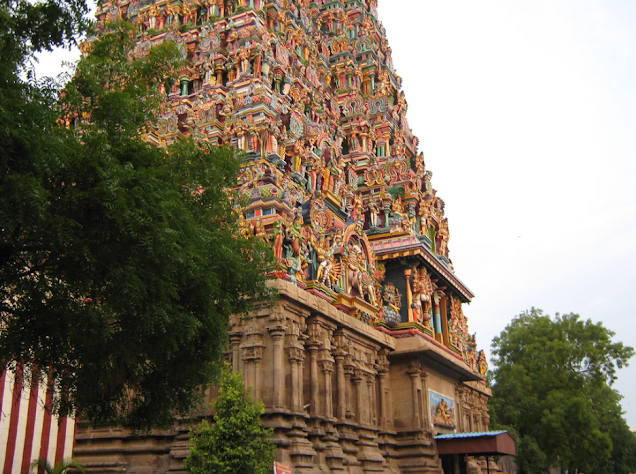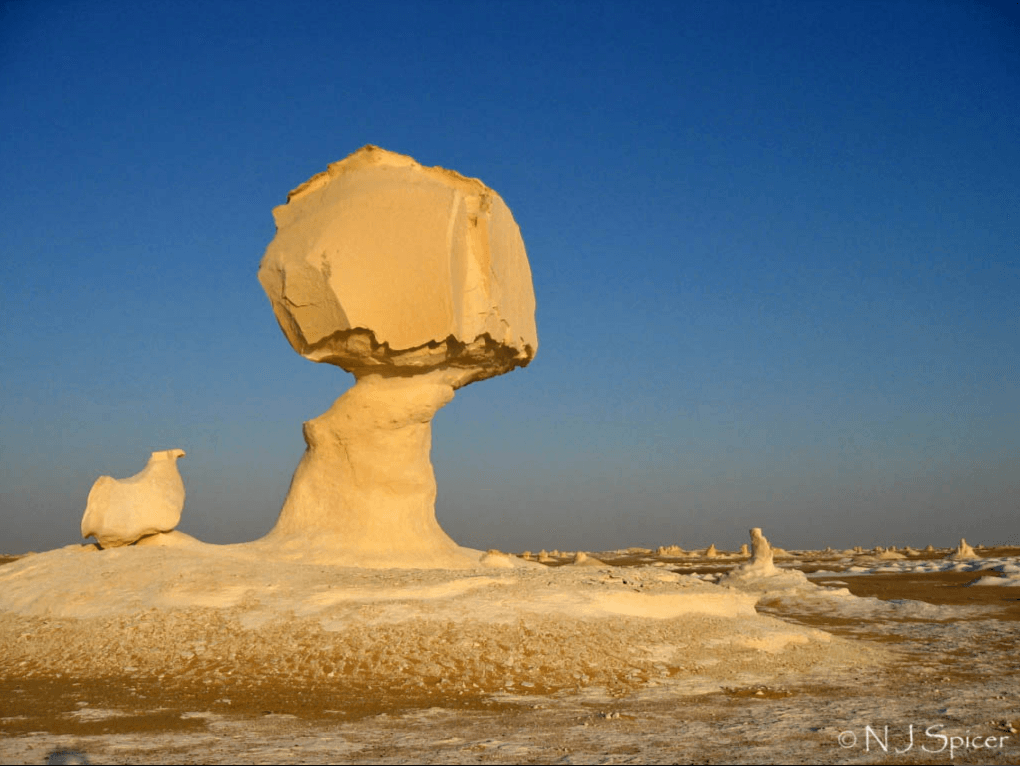“The rainbow is seen by day, and it was formerly thought that it never appeared by night as a moon rainbow.
This opinion was due to the rarity of the occurrence: it was not observed, for though it does happen it does so rarely.
The reason is that the colours are not so easy to see in the dark and that many other conditions must coincide, and all that in a single day in the month.
For if there is to be one it must be at full moon, and then as the moon is either rising or setting. So we have only met with two instances of a moon rainbow in more than fifty years”
Other places where it is common to see moonbows are the Waimea Canyon State Park (Hawaii), Skogafoss Waterfall, (Iceland), Wallaman Falls (Australia) and Jerome (U.S.A.).









